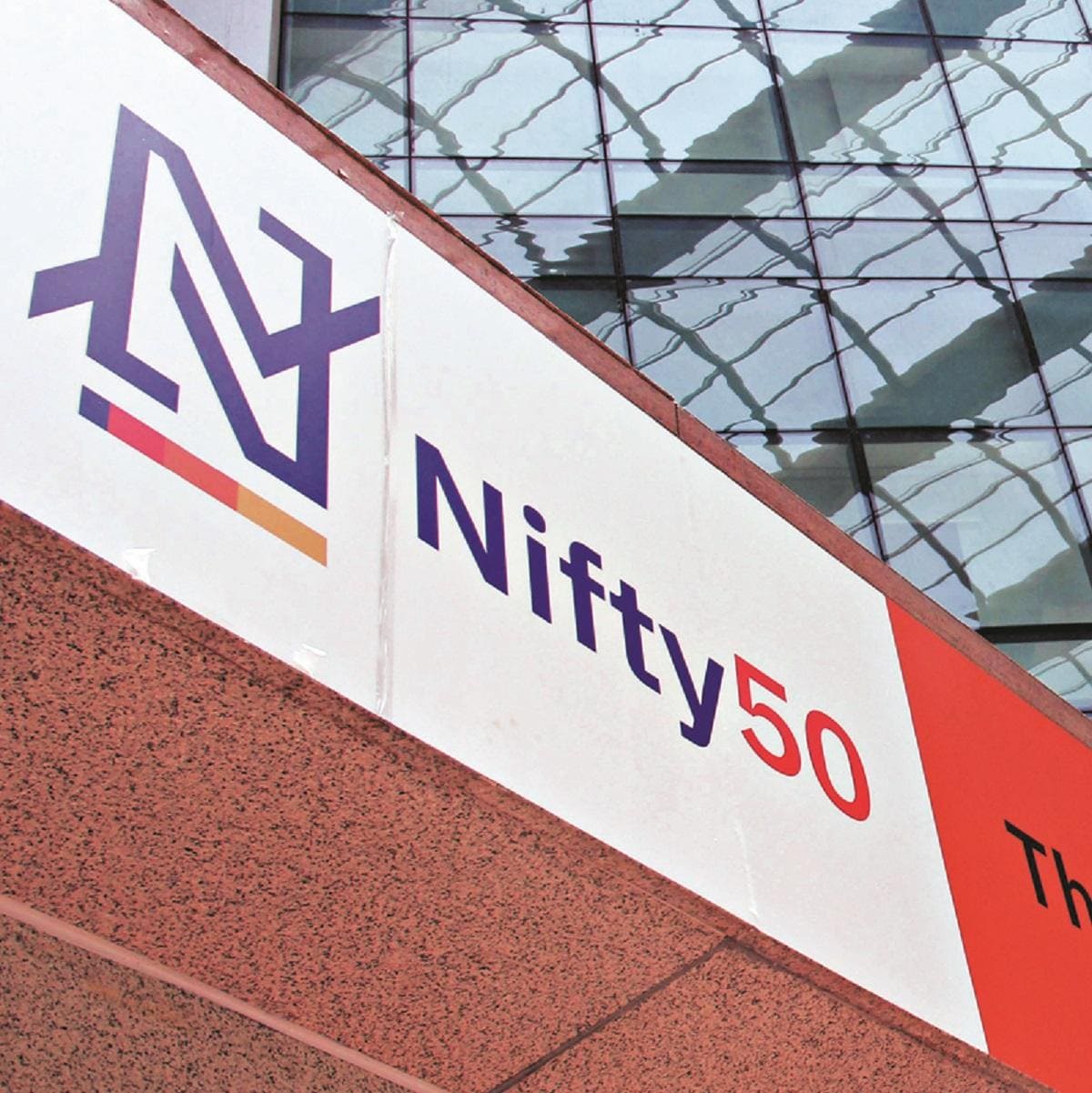NSE Indices, a subsidiary of the National Stock Exchange’s index services, on Tuesday launched a new variant of the Nifty 50 index. The Nifty 50 Net Total Return measures the performance of the Nifty 50 index, considering that the cash dividends and the gains from bonus issues are reinvested in the Nifty 50 index.
The new index aims to provide a more comprehensive view of the total returns of the Nifty 50 index, considering both the price appreciation of stocks and income from dividends.
The Nifty 50 Net Total Return index will be calculated in two currencies: the Indian Rupee (INR) and the US Dollar (USD).
The Nifty50 USD index is denominated in the US Dollars, serving institutional investors and offshore funds with exposure to the Indian equity market. It tracks the Nifty50 companies’ performance in USD terms, facilitating a clear assessment without needing currency conversion.
Formerly known as India Index Services & Products Lts, NSE Indices, owns and manages a portfolio of over 350 indices under the Nifty brand, including the flagship Nifty 50.
The Nifty 50 index includes 50 diverse companies, offering a snapshot of the overall market. It’s calculated using the free float market capitalisation method and is commonly used to compare fund portfolios and create index funds, ETFs, and other structured products.
The new Nifty 50 Net Total Return index aims to measure how Nifty 50 performs by taking into account reinvested cash dividends and gains from bonuses issued after applying withholding tax and capital gains tax.
“A substantial portion of income stems not just from price appreciation but also from dividends earned and gains from bonus issues over time. Hence, an index was required to assess the total return from Nifty 50 index stocks,” said Rupak De, Senior Technical analyst at LKP Securities.
Three variants of the Nifty 50 index are available for each of the two currencies- the rupee and the US dollar:
- Nifty 50 Price Return (PR): Reflects the price performance of the index, including special dividends but not regular dividends.
- Nifty 50 Total Return (TR): Reflects the price performance of the index, including the full value of all dividends, both special and regular.
- Nifty 50 Net Total Return (NTR): This will reflect the price performance of the index, including the net amount of all dividends and gains from bonus issues after accounting for withholding tax and capital gains tax.
The Nifty 50 Total Returns Index captures the overall return of the Nifty50, considering both price changes and dividends, offering investors a comprehensive view of performance for capital appreciation and income generation.
The Nifty50 Dividend Points Index monitors the total dividends paid by Nifty50 companies, making it a valuable tool for investors focused on dividend income, suitable for portfolio benchmarking and analysing historical dividend trends.
Why the new index?
“The new indices will give a better picture of the returns since they go beyond the usual price appreciation reflected in the Nifty 50. The difference between the price return index and the total return index is that the former considers only the price change excluding the gains from dividends and bonus issues,” said Dr. V K Vijayakumar, Chief Investment Strategist at Geojit Financial Services.
Vijayakumar further explained that in the last 43 years, the compounded annual growth rate (CAGR) from Sensex is 15.5 per cent. This reflects the price change but excludes the dividend received. The Total Returns Index reflects both the price change and dividends received. So factoring in the dividend yield of 1.4 per cent during this period, the average annual total return would be 16.9 per cent in the case of the Sensex. This is without considering the gains from bonus issues.
The new indices are expected to appeal to international investors looking to invest in the Indian equity market by providing a true picture of net total returns in US dollars.
The indices are also expected to act as benchmarks for asset managers and as reference indices tracked by passive funds globally in the form of Exchange Traded Funds (ETFs), index funds and structured products.
Note:- (Not all news on the site expresses the point of view of the site, but we transmit this news automatically and translate it through programmatic technology on the site and not from a human editor. The content is auto-generated from a syndicated feed.))



